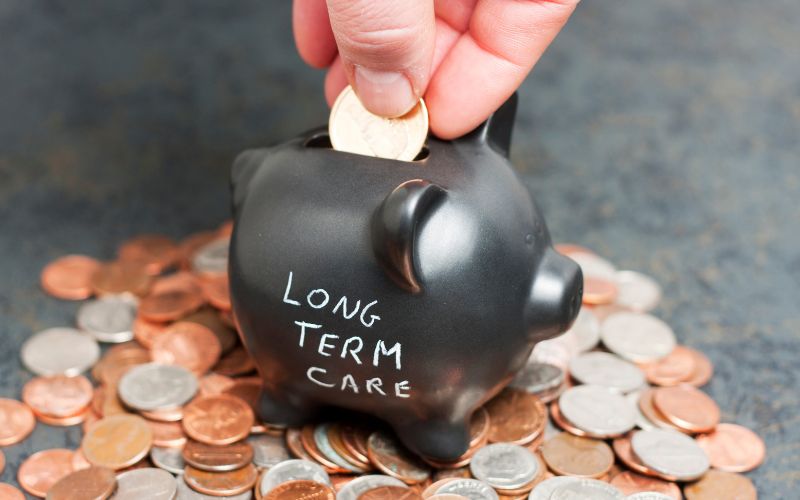It’s not news that the Dow Jones Industrial Average (DJIA) and the Standard & Poor’s 500 Index have both plummeted since the beginning of the year.
Consumers are understandably worried. Financial advisors and insurance agents are fielding calls from clients concerned about what’s to come.
When financial markets decline and uncertainty pervades, it is logical the consumers are wary about big ticket purchases. And, admittedly, long-term care insurance today can be considered one of those big-ticket purchases. LTC is a ‘should have’ rather than a ‘must-have’ purchase.
When stock markets experience steep declines, there is an option well worth considering. It offers the opportunity to buy long-term care insurance protection today potentially at a discount.

As most insurance professionals are aware, there are basically two types of long-term care insurance plans available. Those referred to as ‘traditional LTC policies’ are designed to pay benefits when the policyholder has qualifying needs. The more popular version today combines life insurance or annuities offering death benefits along with access to funds should a long-term care need arise. These are generally referred to as linked-benefit or hybrid LTC plans.
According to the American Association for Long-Term Care Insurance as many as 500,000 linked-benefit LTC policies were purchased in 2021.
Buy Low; Benefit High
Linked-benefit LTC policies are nothing new. However, what is new is the availability of policies that can link the growth of future policy values and benefit payout amounts to equity market performance.
People are familiar with the stock market investing adage, buy low, sell high. The problem is no one can exactly predict a market’s low point. As a result, markets in decline often decline more, merely on mass psychology. And, it’s natural for people to avoid investing in equities when they fear markets may continue to drop.
But savvy investors are also aware that equity markets recover and that, over time, stocks have out-performed interest paying investments like CDs and fixed annuities.

Here’s where the buy low – benefit high concept can work. Purchasing one of these linked-benefit long-term care annuity-based policies when equity markets are down locks one in at lower levels. The expectation for long-term market growth makes this a particularly timely strategy to propose when markets have declined.
For the time period of 2001 to 2021, the average annualized return for the S&P 500 has been 9.87%. The 20-year time horizon is particularly appropriate because the duration between LTC policy purchase and care needs typically is between 15 and 25 years.
Historically, most annuity-LTC policies tie policy value and future benefits to a fixed interest value. While new money or first-year rates tend to be market driven (say 2% currently), the base guarantees are often as low as 1%. In a rapidly changing interest rate environment these are not attractive numbers for many.
Annuity LTC policies that offer equity market growth opportunities are not limited in this manner. If and when markets grow, they offer the policyholder the chance to see their annuity value as well as their monthly LTC benefit value grow way beyond what a fixed account might yield.
While these products offer advantages in terms of greater benefit values, due diligence is required. Policies tend to limit (or cap) the amount of growth that can be applied. Growth is often defined using interest-rate terms, rather than pure equity values. It is important to check if the policy locks-in growth. And, if so, how often and when?
Finally, specialists selling this concept have identified two types of viable prospects. Those who are conservative who favor CDs because they have been burned by the stock market. These policies can give them the security of CD growth with the potential for capturing some market returns to outpace inflation. Recommend rolling over a maturing CD into a single, one-time deposit.
The second category of prospect include stock investors who are selling individual stocks to take capital off the table in anticipation of further equity markets decline. These individuals understand the long-term benefit of equity performance and will see this as a way to capture future growth at the same time putting a solid long-term care plan into place.

